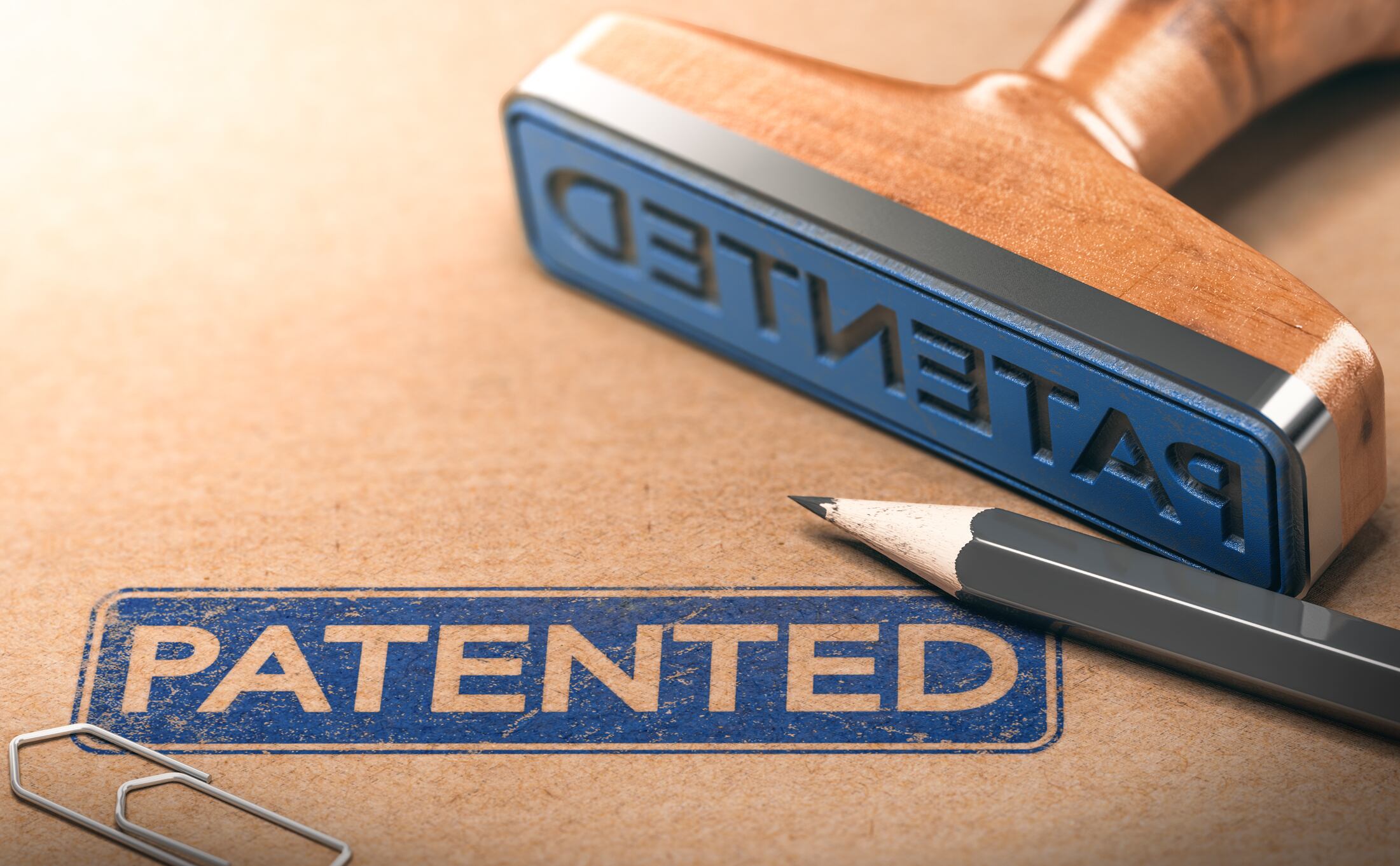The maqui berry (A. Chilensis), also known as the Chilean wineberry, is native to southern Chile and southern Argentina but sparsely cultivated as it grows wild and is usually harvested by indigenous Mapuche Indians from Chile.
However, a team at the University of Santiago, Chile, led by Professor Gustavo Zuniga, has filed an international patent on its method to cultivate the plant in vitro. In its patent filing, the scientists detailed how they generated plant biomass “in a sustainable manner” and, as such, reduced the impact on “the exploitation of the species”.
It was from this cultured biomass, they said, that a hydroalcoholic extract rich in antioxidants and antibacterials had been developed, thanks to a range of phenolic compounds and flavonoids present in the final compound, including luteolin acid, chlorogenic acid and gallic acid.
Natural origin antioxidants
“Worldwide there is a great interest in replacing the synthetic antioxidants for use in foods, due to undesirable side effects, with antioxidants of natural origin,” the scientists wrote.
“…On the other hand, the food industry is also in constant search of compounds with microbial activity, to be used as additives,” they added.

The maqui compound made from cultured seedlings, they said, catered to both industry needs and could be incorporated directly into food, pharmaceuticals or cosmetics.
“In the case of the food industry, the incorporation of products that contribute to maintaining and/or improving the health of the consumer (…) represents a constant demand,” the scientists wrote.
They said the recommended ratio for inclusion was anywhere between 0.01% and 0.5% by weight of the final product.
In vitro development
The team had grown maqui seedlings using buds taken from fully-grown maqui trees in the Maule region of Chile.
After 20-45 days, a hydroalcoholic extract was taken from seedling cultures using between 25-85% volume per volume (v/v) of ethanol and either a diffusion or maceration technique.
Testing showed the antioxidant capacity of the in vitro extract was higher compared to the actual fruit.
Tests on the antibacterial properties of the compound showed the maqui extract had an inhibitory capacity against Listeria monocytogenes, Escherichia coli and Staphylococcus aureus bacterias.
Source: WIPO Publication No. 2017113032
Published: July 6, 2017. Filed: December 29, 2016.
Title: “Natural Antibacterial and Antioxidant Composition of Phenol Extracts from Aristotelia Chilensis and Production Method”
Authors: University of Santiago, Chile – G. Zuniga et al.
